#Interior designer office space
Explore tagged Tumblr posts
Text
How do I create a flexible interior designer office space?
Creating a flexible interior designer office space is essential for adapting to changing needs and fostering a dynamic work environment. Flexibility in office design enhances productivity, encourages collaboration, and supports various work styles. Here’s how to design a versatile and adaptable interior designer office space that meets the evolving demands of your team.
1. Implement Modular Furniture
Modular furniture is a cornerstone of a flexible interior designer office space. Choose pieces that can be easily rearranged or reconfigured to accommodate different activities and team sizes. Modular desks, movable partitions, and adjustable chairs allow for quick changes in the office layout. This flexibility supports various functions, from individual workstations to collaborative meeting areas, and helps the space adapt to different projects and workflows.
2. Create Multi-Use Areas
Design your office to include multi-use areas that can serve different purposes throughout the day. For example, incorporate spaces that can function as both meeting rooms and breakout areas. Use foldable tables, stackable chairs, and retractable partitions to transform these areas as needed. Multi-use spaces maximize the utility of the office and allow for quick adjustments based on current requirements.
3. Incorporate Adjustable Workstations
Adjustable workstations are essential for creating a flexible interior designer office space. Opt for height-adjustable desks that allow employees to switch between sitting and standing positions. Adjustable monitor arms and keyboard trays enable users to customize their workspace to suit their ergonomic needs. Providing these options ensures that employees can create a comfortable and efficient work environment tailored to their preferences.
4. Use Movable Partitions
Movable partitions are a practical solution for creating flexible office spaces. These partitions can be easily moved or reconfigured to create temporary meeting rooms, private workstations, or open areas. Consider using lightweight, portable partitions with sound-absorbing materials to enhance privacy and reduce noise. Movable partitions allow you to adapt the office layout quickly and efficiently based on project needs or team size.
5. Design with Adaptable Lighting
Lighting plays a significant role in a flexible interior designer office space. Incorporate adjustable lighting solutions that can be customized for different tasks and moods. Use dimmable lights, desk lamps, and adjustable fixtures to provide varying levels of illumination. Additionally, consider incorporating natural light through large windows or skylights to enhance the overall ambiance. Flexible lighting supports different activities and creates a comfortable work environment.
6. Create Flexible Storage Solutions
Flexible storage solutions are crucial for maintaining an organized and adaptable office space. Use modular shelving units, movable file cabinets, and adjustable storage systems to accommodate changing needs. Ensure that storage solutions are easily accessible and can be reconfigured to suit different projects or team requirements. Effective storage helps reduce clutter and keeps the office space organized and functional.
7. Incorporate Technology for Flexibility
Technology plays a key role in creating a flexible interior designer office space. Implement digital tools and systems that support remote work, collaboration, and project management. Consider using video conferencing equipment, cloud-based file sharing, and project management software to facilitate communication and coordination. Technology enhances the adaptability of the office by enabling seamless transitions between in-office and remote work.
8. Design for Easy Maintenance
Designing an office with easy maintenance in mind contributes to its flexibility. Choose durable, low-maintenance materials for flooring, walls, and furniture. Use finishes that are easy to clean and resistant to wear and tear. An office space that is easy to maintain ensures that it remains functional and adaptable over time, reducing downtime and maintenance costs.
Conclusion
Creating a flexible interior designer office space involves incorporating modular furniture, multi-use areas, adjustable workstations, and movable partitions. Adaptable lighting, flexible storage solutions, and technology play crucial roles in enhancing flexibility. Designing with easy maintenance in mind ensures that the office remains functional and versatile. By implementing these strategies, you can create an office space that supports various work styles, adapts to changing needs, and fosters a productive and dynamic work environment. One can achieve these by getting in touch with the renowned design and build firm such as Flipspaces, who can help you with the same.
0 notes
Text

@betsybrowninc
#architecture#furniture#interior design#interiors#vintage interior#decor#home#home & lifestyle#flowers#interior architecture#lighting#interior decorating#home office#living spaces#interiordesign
970 notes
·
View notes
Text

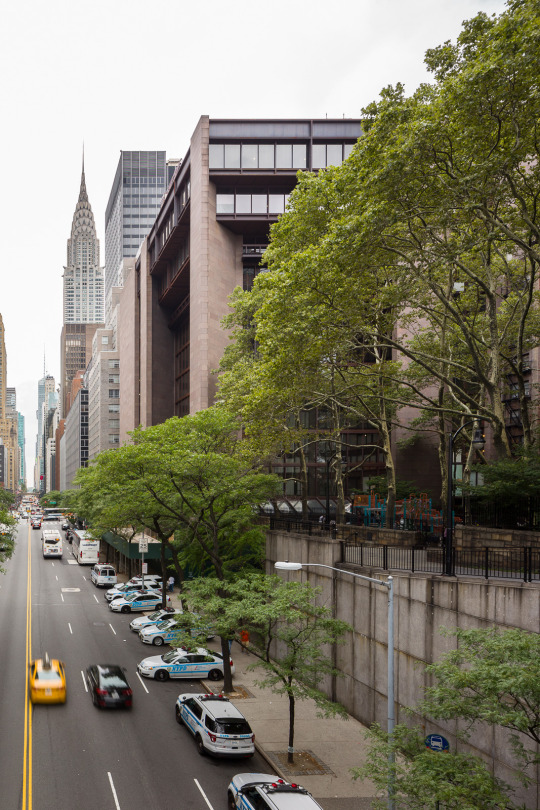


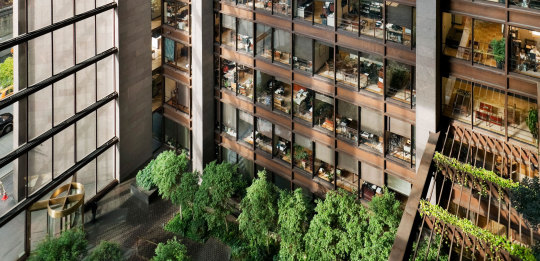
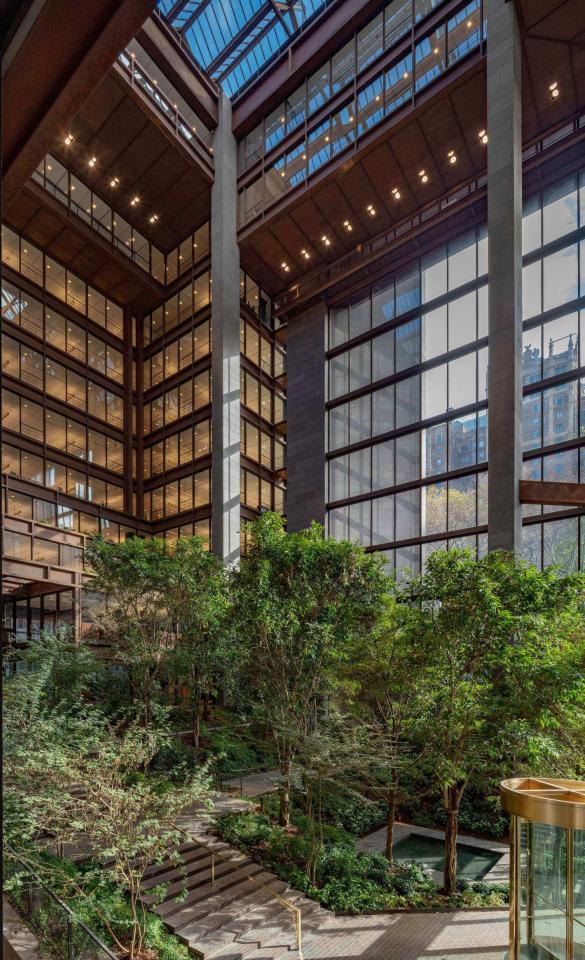
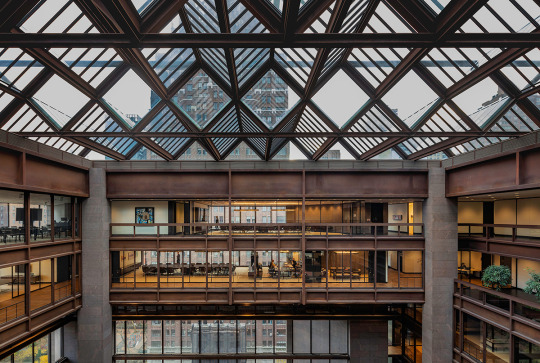
The Ford Foundation, New York City - Kevin Roche
#Kevin Roche#architecture#design#building#modern architecture#interiors#minimal#modernist#iconic#timeless#beautiful architecture#amazing places#atrium#trees#green space#tower#office building#glass#steel#new your city#american architecture
497 notes
·
View notes
Text
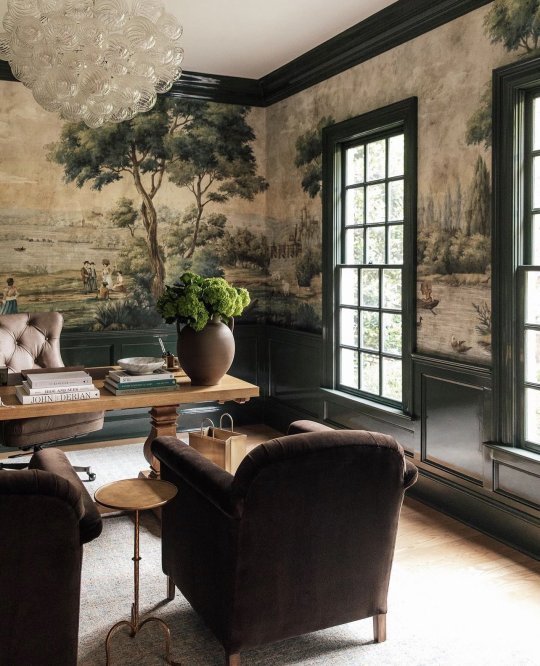
Landscape Wallpaper
#landscape#trees#nature#wallpaper#traditional design#traditional decor#traditional home#traditional furniture#classic#timeless#elegant#home office#work from home#home decorating#home improvement#march#spring#toya's tales#style#toyas tales#home decor#interior design#office stuff#office style#office supplies#office space#desk aesthetic#desktop#desk#design
253 notes
·
View notes
Text

#office nook#little office space#home & lifestyle#cozy aesthetic#cottage#interiors#cottage aesthetic#interior design#home decor#cottage living#book space
111 notes
·
View notes
Text

#art deco#art deco design#art deco architecture#art deco interiors#colorful living#colorful spaces#colorful interiors#cozy nooks#nook#office ideas#interior design#interior ideas#interiors#bohemian living#interior decor
79 notes
·
View notes
Text

#interior design#architecture#art#minimal#simplicity#interior#minimalism#design#modernism#contemporary art#new contemporary#contemporary decor#contemporary design#minimalistic#minimalist style#minimalist living room#minimalist#modern retro#home design#ts4 interior#interiorstyling#home interior#interior decorating#interiors#decor#living room#home decor#office space#office#workspace
31 notes
·
View notes
Text








#ai generated#ai image#ai photography#stable diffusion#photo from painting#painting as photo#painting2photo#desk#office#workspace#vintage interior#interior design#vintage#new york#office space#interior#furniture#wooden furniture
35 notes
·
View notes
Text


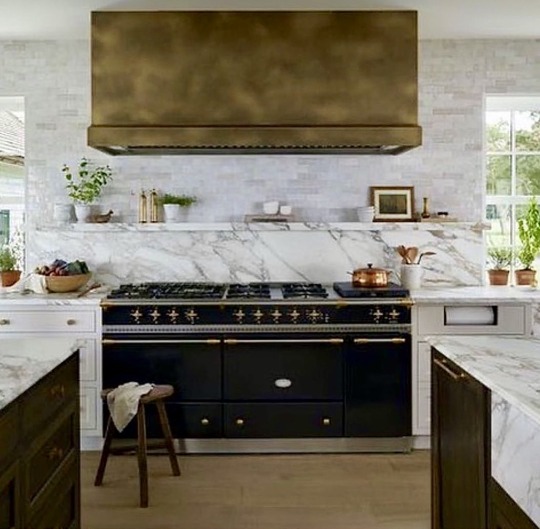
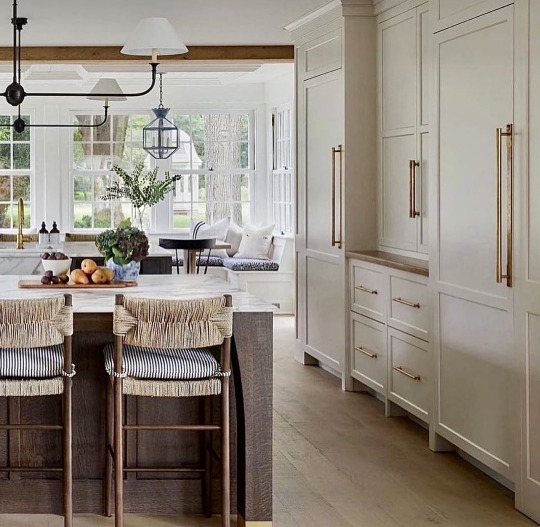
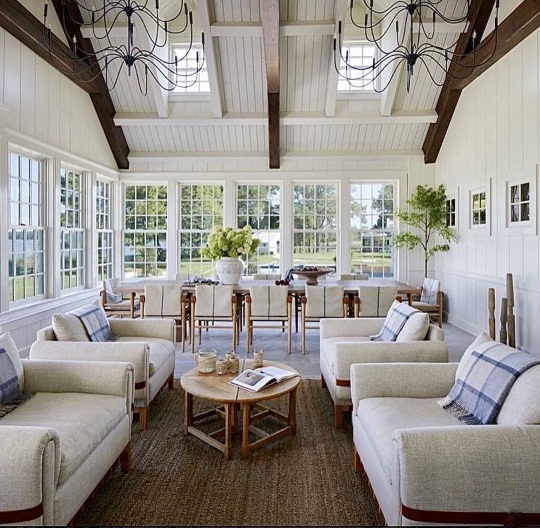



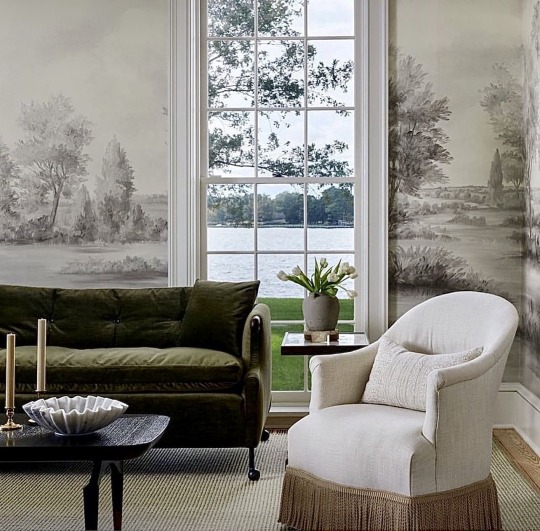
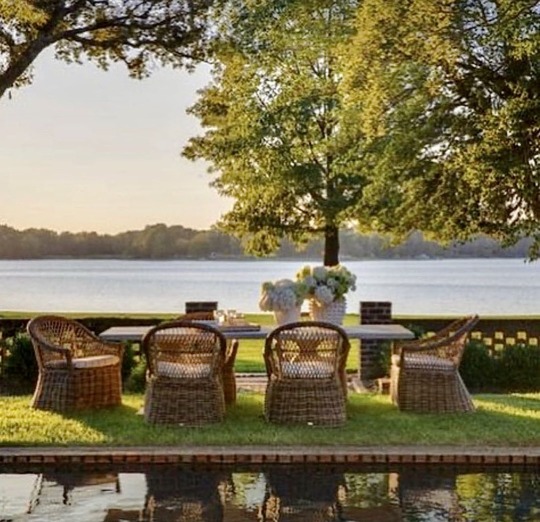
IG beckiowens: design: @sweethome
#colonial home#architecture#lake home#interior design#kitchen#pantry#kitchen island#range#range hood#great room#vaulted ceilings#home office#original character#wall murals#formal living room#outdoor space#swimming pool#owners bath#freestang tub#dormers#gables#brick#shutters#buttress#carved beams
252 notes
·
View notes
Text
How do I create a welcoming reception area in an interior designer office space?
The reception area is the first impression visitors get of an interior designer office space, making it a crucial element in setting the tone for your business. A well-designed reception area not only reflects the brand’s identity but also creates a positive and inviting atmosphere for clients and guests. Here’s how to create a welcoming reception area that leaves a lasting impression.
1. Incorporate Brand Identity
Your reception area should reflect the brand identity and values of your interior design firm. Incorporate your company’s colors, logo, and design aesthetic into the space to create a cohesive and memorable experience. Use branded materials such as custom artwork, signage, and promotional displays to reinforce your brand message. This consistency helps visitors connect with your business and sets a professional tone from the moment they walk in.
2. Choose Comfortable and Stylish Furniture
Comfortable and stylish furniture is essential for creating a welcoming reception area in an interior designer office space. Invest in high-quality seating options such as plush sofas or contemporary chairs that offer comfort and style. Arrange the furniture to create a welcoming and functional layout, allowing for easy movement and conversation. A well-chosen reception desk that matches the overall design theme adds a professional touch and provides a designated area for check-ins.
3. Enhance with Lighting
Lighting plays a crucial role in setting the mood of your reception area. Combine ambient, task, and accent lighting to create a well-lit and inviting space. Use soft, warm lighting to create a cozy and welcoming atmosphere. Consider incorporating statement light fixtures, such as chandeliers or pendant lights, to add a touch of elegance and sophistication. Ensure that the reception area is well-lit during all hours of the day to maintain a consistent and pleasant environment.
4. Incorporate Greenery and Artwork
Adding greenery and artwork to the reception area can make it more inviting and visually appealing. Choose indoor plants that require minimal maintenance but add a touch of nature and freshness to the space. Artwork or design elements that reflect your firm’s style and values can enhance the aesthetic appeal and create visual interest. Consider displaying pieces that showcase your design work or align with your office’s theme.
5. Provide Refreshments and Amenities
Offering refreshments and amenities in the reception area can enhance the visitor experience and make them feel more at home. Provide a selection of beverages, such as coffee, tea, or water, and include a small table or cart with cups, napkins, and condiments. Magazines or design portfolios can be placed on coffee tables for visitors to browse while they wait. Providing these small comforts demonstrates hospitality and professionalism.
6. Create a Functional Layout
A functional layout is essential for a welcoming reception area. Ensure that there is clear signage for visitors to find their way easily. Designate specific areas for waiting, checking in, and meeting with staff. Use furniture and decor to guide visitors naturally through the space and avoid clutter. A well-organized reception area enhances the overall flow and creates a more pleasant experience for guests.
7. Incorporate Technology
Incorporating technology into the reception area can enhance convenience and efficiency. Consider installing a digital check-in system or interactive kiosk to streamline the check-in process. Digital displays can showcase information about your firm’s services, upcoming events, or design projects. Technology adds a modern touch and can improve the overall visitor experience.
8. Ensure Accessibility
Accessibility is a crucial aspect of creating a welcoming reception area. Ensure that the space is easily accessible to all visitors, including those with disabilities. Provide clear pathways, ample seating, and adjustable desk heights if needed. An inclusive design demonstrates a commitment to accommodating all clients and visitors, contributing to a positive and professional impression.
Conclusion
Creating a welcoming reception area in an interior designer office space involves incorporating brand identity, selecting stylish and comfortable furniture, enhancing with lighting, and adding greenery and artwork. Providing refreshments, creating a functional layout, integrating technology, and ensuring accessibility all contribute to a positive visitor experience. By thoughtfully designing your reception area, you can make a lasting impression and set the stage for successful client interactions and business relationships. One can achieve these by getting in touch with the renowned design and build firm such as Flipspaces, who can help you with the same.
0 notes
Text

@leestantonla
#architecture#furniture#interior design#interiors#vintage interior#decor#home#home & lifestyle#work desk#flowers#interior architecture#interiorinspiration#lighting#home office#living room#living spaces
298 notes
·
View notes
Text







Renzo Piano Studio, Geneva - Renzo Panio
#Renzo Panio#architecture#design#building#modern architecture#interiors#minimal#office#office design#hillside#coast#sea#views#commercial buildings#glass#transparent#light#funicular#lift#cool architecture#cool design#beautiful buildings#timber#windows#desk space#studio#steel#italy#genoa#photography
201 notes
·
View notes
Text
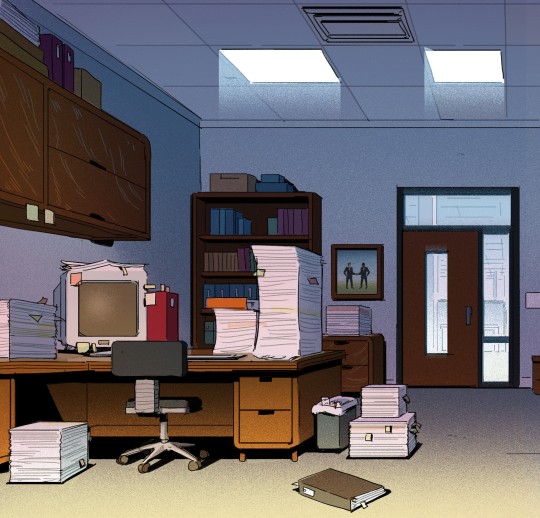
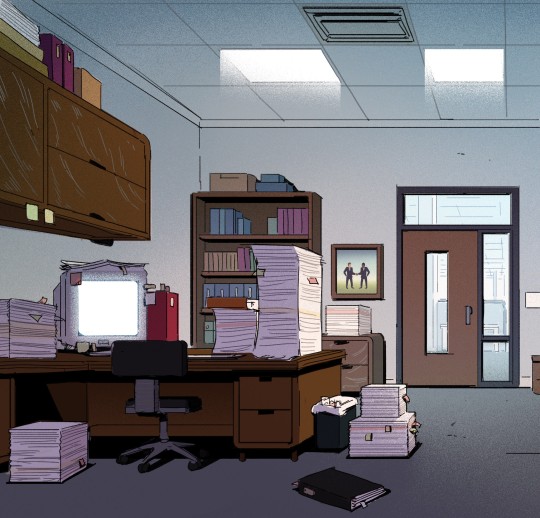
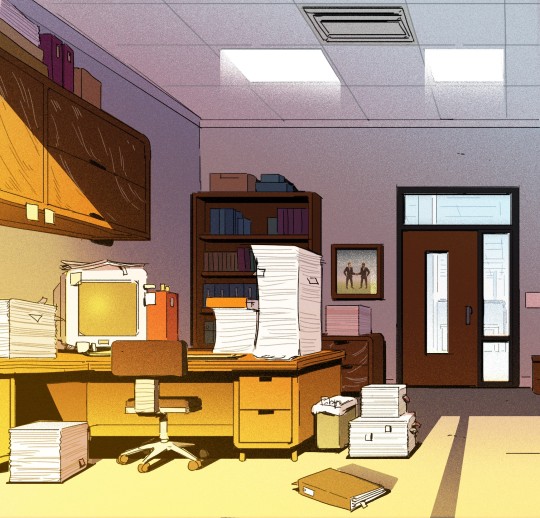
Told ya' I'd get back to posting more Carol and the End of the World eventually! Here's some colour keys of the boss' office: something we discussed early on was how the closed blinds in his office were representative of his mental state and feelings towards the end of the world - literally blocking Keppler out of his view, and we wanted that to be clearly reflected in the lighting of the space even when they weren't on-screen, which is what we were exploring here.

One of my favourite silly little details: a framed photo of Business Men Doing Business Things! Since the lineart I was provided was just a rough, it didn't have a design in the frame, so I just improvised, ha ha - pretty sure we changed it in the final design, though, so enjoy this little peek behind the curtains! Thanks for looking, and watch Carol & the End of the World on Netflix if you haven't already:
Showrunner: Dan Guterman BG design: Alex Myung Art direction: @ellemichalka
#office#interior#company#computer#desk#workspace#work#interior design#business#office design#office space#corporate#office life#boss#lead#leadership#background paint lead#supervisor#background painting#background#carol#carol and the end of the world#cateotw#adult animation#animation#cartoon#netflix#netflix animation#allisonperryart#allison perry
40 notes
·
View notes
Text

#home & lifestyle#cozy aesthetic#interiors#interior design#little office space#gallery wall#cottage aesthetic#cottage#home decor#cottage living#color & texture#colorful interior
81 notes
·
View notes
Text



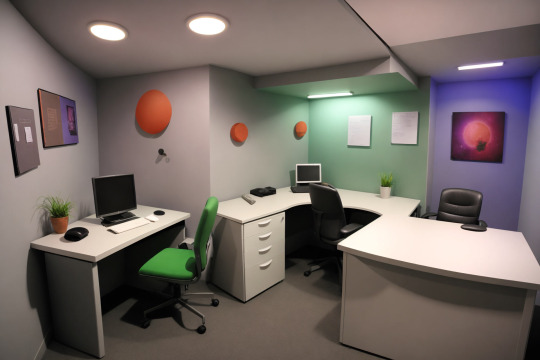
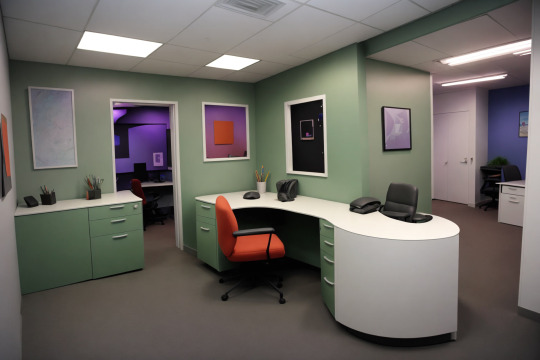
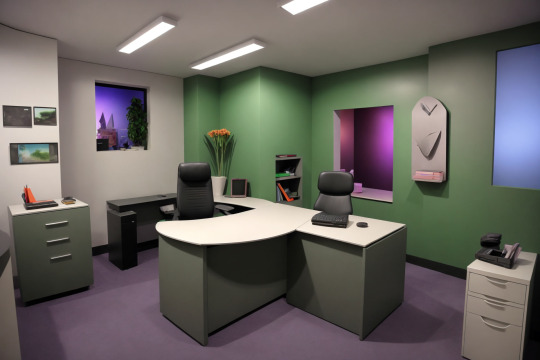
#ai photography#design#interior design#ai generated#ai image#stable diffusion#set design#office space#office room#office#star trek#startrek#tos#colorful
33 notes
·
View notes
Text

I want THIS to be my office 😍
#retro#80s vibes#80s#retro computing#retrocomputer#ibm#3270 terminal#terminal#80s computer#mainframe#office#retro office#1980s#pink hues#pure hues#liminal#liminal spaces#interior design#interiors
19 notes
·
View notes